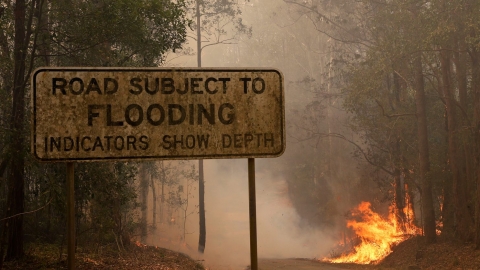In Africa, locusts began to invade Djibouti and Eritrea in January 2020 and are now spreading to Tanzania and Uganda, threatening the food security and livelihoods of millions. The most destructive swarms in decades have devoured pastures and crops within hours of their arrival.
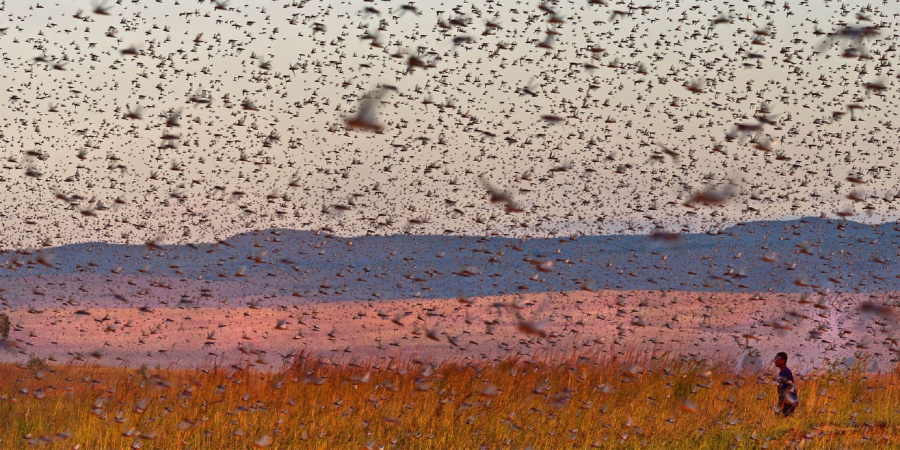
The United Nations World Food Programme (WFP) has appealed to the international community for $76 million to help governments rapidly scale up locust spraying and other control measures, which, if left unchecked, could threaten the food security of 13 million people.
David Beasley, Executive Director of WFP, said the agency will support funding for the Food and Agriculture Organization (FAO) to eliminate the locust problem in East Africa. "If we do not act now, WFP will need 15 times that amount, or more than $1 billion, to support people facing hunger due to crop and livelihood losses," Mr. Beasley said.
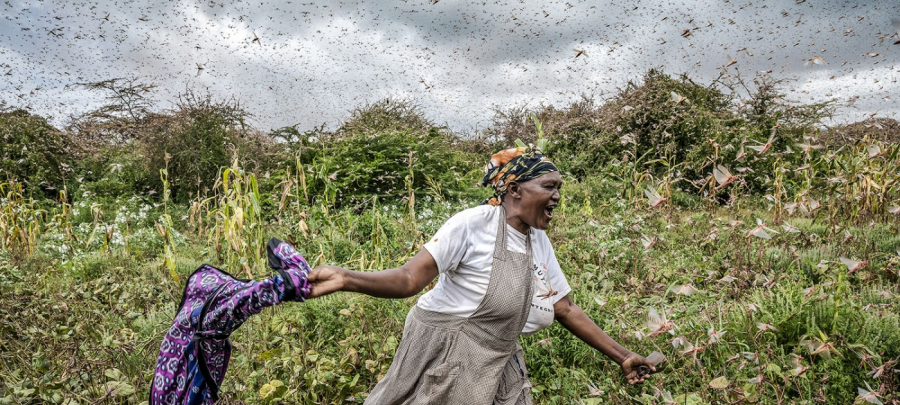
The locust plague in East Africa is now the worst in 25 years.
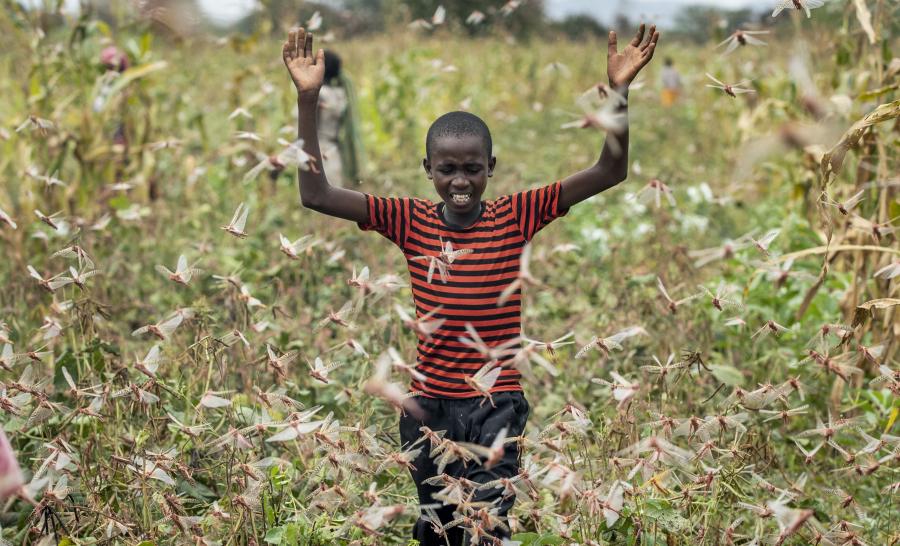

In mid-February, some nutrition and food security experts in Africa began to warn of the spread of this epidemic. Because desert locusts are currently multiplying exponentially across Somalia, Kenya, Ethiopia, and large swarms have been seen in Eritrea, Djibouti and northeastern Uganda. If not controlled in time, the FAO estimates that the number of locusts could increase 500-fold by June, and will spread to South Sudan, causing a food disaster in one of the world's poorest regions.
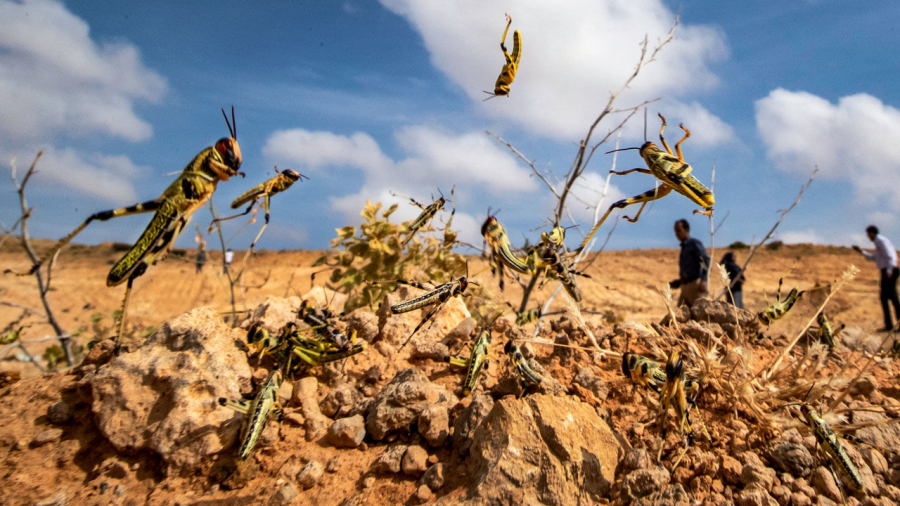
At least 700 hectares of crops have been destroyed, seriously threatening food security in Ethiopia, Somalia and Kenya.
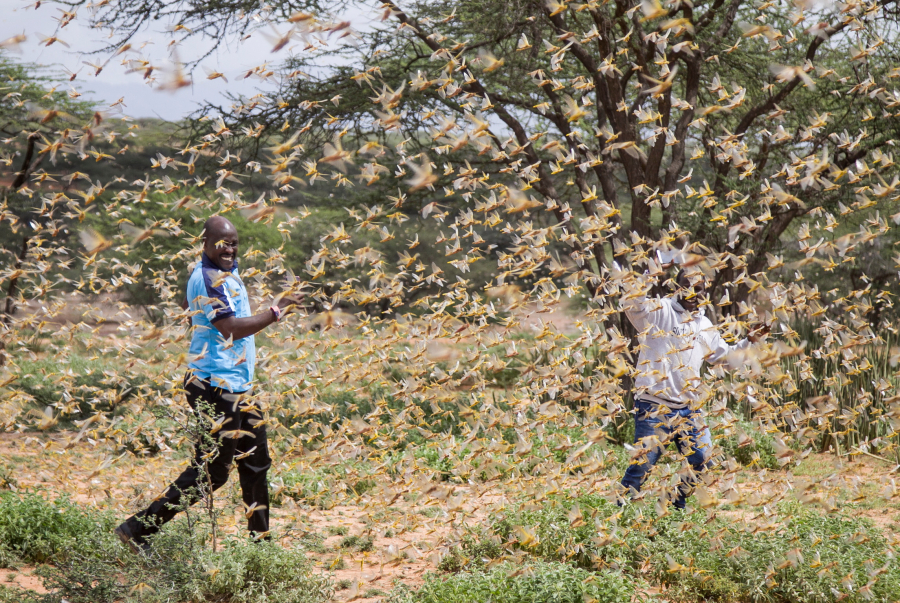
In Kenya, a swarm of locusts estimated to number nearly 200 billion is covering an area of about 2,400 square kilometers.
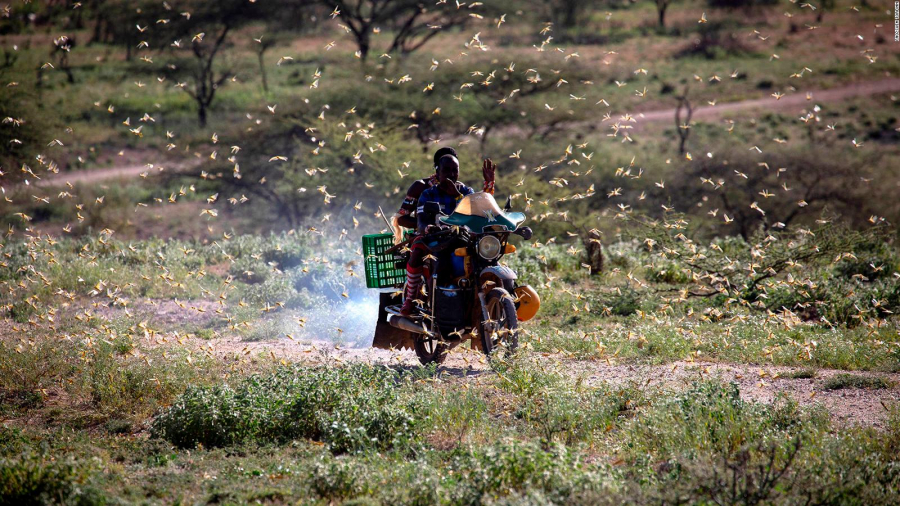
Swarms of locusts estimated to number hundreds of millions move between East African countries at speeds of up to 130 km/day.
Currently, some countries in West Asia and South Asia are also concerned about the rare locust plague. The cause is determined to be due to favorable weather factors such as heavy rainfall and long monsoon season, making it easy for locusts to breed and continue to spread.
According to plant protection expert Zhang Zehua of the Chinese Academy of Agricultural Sciences, the border area between the Tibet Autonomous Region (China) and Pakistan, India or Nepal is considered the most vulnerable place for locust outbreaks in the near future in Asia because this is the area where desert locusts grow and develop.
However, due to environmental, climate and food source limitations, desert locusts are unlikely to continue to invade deep into China because their migration will be blocked by the Qinghai-Tibet Plateau.

Locusts destroy crops wherever they stop and pose a serious threat to aviation security.
According to National Geographic, at each landing site, a medium-sized locust swarm can destroy 192 million kilograms of crops – equivalent to the entire population of Kenya; a swarm the size of Paris can devour as much food as half the population of France. The locusts currently in Kenya can eat the same amount of food in a day as the people of the three US states of New Jersey, Pennsylvania and New York combined – enough to feed 2,500 people for a year.

























